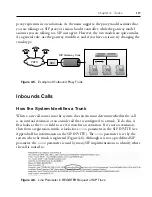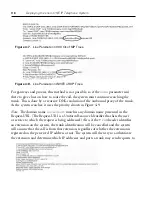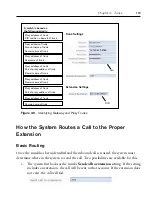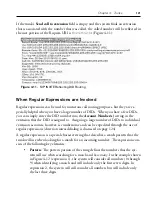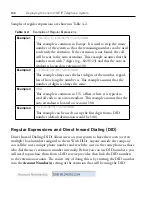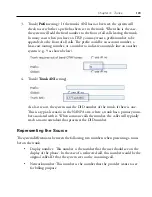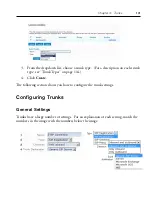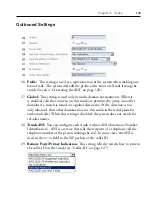
Chapter 4: Trunks
127
3. Enter a regular expression into the
Send call to extension
setting, telling the
system to replace the 10-digit DID with the alias number that is associated with
the extension account.
Outbound Calls
Caller-ID
The caller-ID is shown in the called party’s telephone display and is also used by the
carrier for billing purposes. This is typically the
From
field of the SIP packet. When
the system sends a call to a trunk, it presents the source of the call, usually the caller-ID
of the calling extension. However, in cases of redirected calls, it can get more compli-
cated. Here, the original caller-ID should be in the display of the called party, while for
billing purposes, a local identity on the system must be used.
Also, in many cases, it is necessary to translate a local number (e.g.,
sip:123@
localhost
) into a global telephone number (e.g.,
sip:9781234567@itsp.
com;user=phone
). The
user=phone
parameter indicates that the domain name
should be ignored when presenting this number. This number is also known as the ANI
(automatic number identification).
Содержание ONE IP
Страница 4: ......
Страница 19: ...Part I Getting Started...
Страница 20: ...Part I Getting Started...
Страница 47: ...Part II Administering the System...
Страница 48: ...Part II Administering the System...
Страница 195: ...Deploying the snom ONE IP Telephone System 526...
Страница 201: ...Deploying the snom ONE IP Telephone System 532 Figure C 1 Trunk Settings for Configuration with Exchange 2007 2010 UM...
Страница 223: ......





